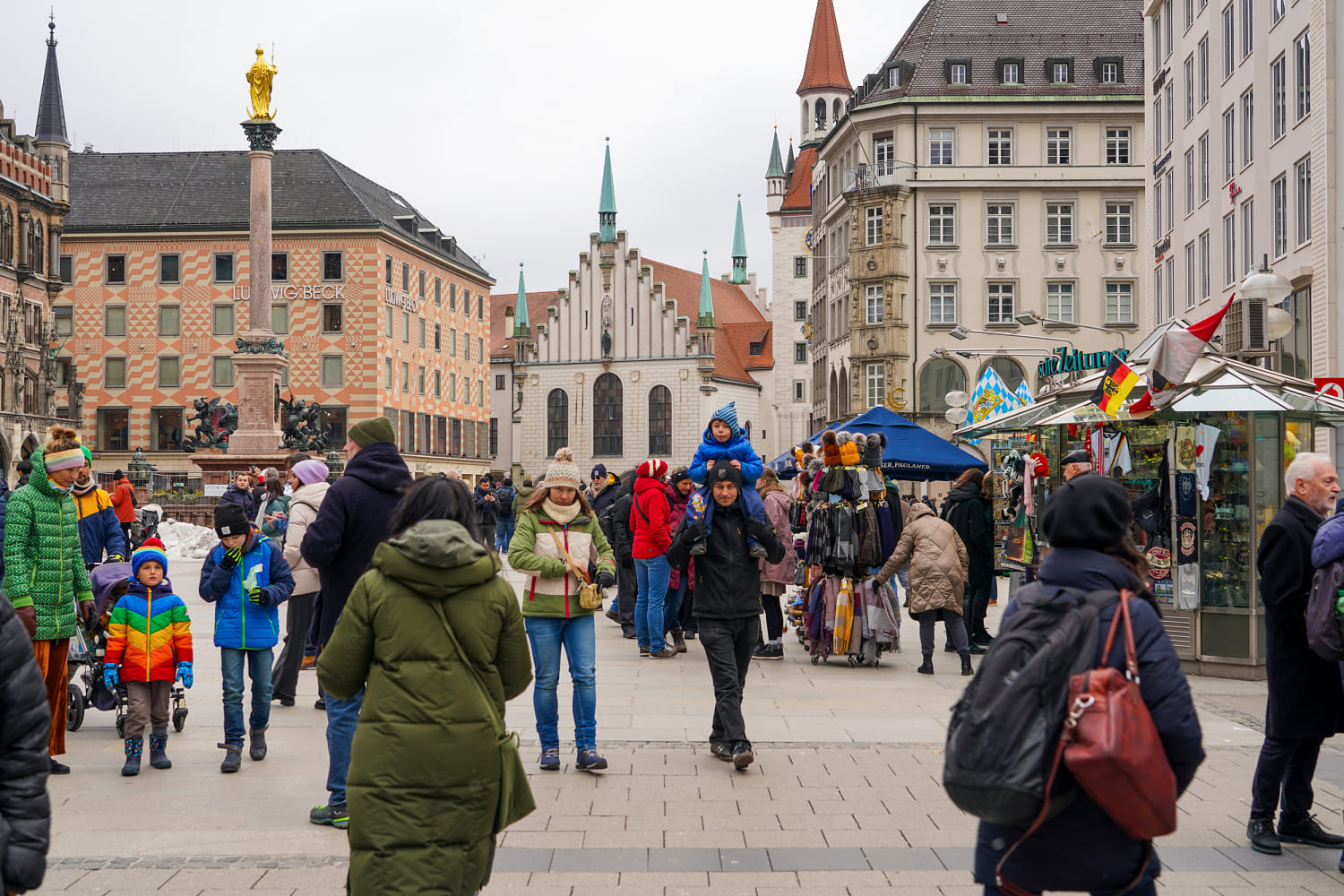Share this @internewscast.com

Fifty years ago, life expectancy in the U.S. and wealthy European countries was relatively similar.
That began to change around 1980. As European life expectancy steadily increased, the U.S. struggled to keep pace — and its life expectancy even began declining in 2014.
Today, the wealthiest middle-aged and older adults in the U.S. have roughly the same likelihood of dying over a 12-year period as the poorest adults in northern and western Europe, according to a study published Wednesday in The New England Journal of Medicine.
Some medical and health policy experts say the trend is a sign of deep-seated issues not just within the U.S. health care system, but with the typical American lifestyle of overconsuming junk food, not getting enough exercise and facing loneliness or financial stress.
“It’s really concerning because, to me, what it’s saying is that the set of stressors that are harming the health of Americans is very widespread, to the point where even being wealthy or rich, you’re not going to be able to escape them,” said Dr. Atheendar Venkataramani, an associate professor of health policy at the University of Pennsylvania Perelman School of Medicine, who reviewed the study but wasn’t involved in it.
The study looked at the relationship between wealth and mortality among nearly 74,000 adults from 2010 to 2022. More than 19,000 of the adults were in the U.S., and roughly 54,000 were spread across 16 countries in Europe. All were ages 50 to 85.
The researchers divided the participants into four groups based on their overall assets (not including their homes). In both Europe and the U.S., the group with the most assets — the wealthiest — had a 40% lower mortality rate than the poorest group.
The poorest people in the U.S. had the highest mortality rate of any group, which is consistent with previous research showing that health outcomes are worse in America.
“We were expecting to find greater inequity in the U.S. But what was surprising was how the richest in the U.S. compared to the richest in Europe,” said Irene Papanicolas, the study’s lead author, who directs the Center for Health System Sustainability at Brown University’s School of Public Health.
The wealthiest group in northern and western Europe had mortality rates about 35% lower than the wealthiest group in the U.S., she said.
Venkataramani said the findings can’t be generalized to the entire U.S. population, but he added that he “would not be surprised if these patterns held up in other age groups.”
Poor health outcomes in the U.S. are often attributed, in part, to a lack of access to affordable health care, which can result in high out-of-pocket costs for medication or procedures — or in some cases, not seeing a doctor at all.
However, several experts said social and economic factors — such as loneliness or stress — are more likely to affect mortality rates in wealthier adults.
“It’s hard to pin what’s happening on health care access,” Venkataramani said. “Certainly health care must have something to do with it, but it cannot be even a dominant part of the story if we’re seeing wealthier Americans having similar or worse outcomes than poor individuals in other wealthy countries.”
In addition to universal health care, many European countries offer free or heavily subsidized higher education and more comprehensive unemployment benefits compared with the U.S.
“A lot of these countries have social welfare programs that don’t prevent people from losing their jobs or experiencing poverty, but when they go through those tough times, it doesn’t threaten their health,” said Dr. Steven Woolf, a professor of family medicine and population health at Virginia Commonwealth University School of Medicine.
People in the U.S. also consume more ultra-processed foods and have higher rates of obesity compared with Europeans, which can increase their risk of diabetes or heart disease — an issue Health and Human Services Secretary Robert F. Kennedy Jr. has pledged to address in office.
Kennedy has frequently pointed to the fact that Americans have worse health outcomes compared with peer countries.
“Our lifespan has dropped. So Americans now live six years shorter than Europeans. We are the sickest nation in the world and we have the highest rate of chronic disease,” he said last week in a video post on X announcing layoffs of around 20,000 HHS employees.
But Woolf said the Trump administration’s recent gutting of federal health agencies and termination of research grants puts the U.S. on the wrong trajectory when it comes to lowering risk factors for mortality.
“The thing that’s alarming us so much in the health and medicine world is that the policies that are now being pursued in a pretty muscular way are the opposite of what you would want to do to make America healthy again,” he said, referring to Kennedy’s agenda.
“In all likelihood, my prediction will be that the gap in health between Americans and people in other countries is now going to widen even more dramatically,” Woolf said.
According to HHS, the consolidation and cuts are meant to make the branch more efficient and work toward ending chronic disease. White House spokesman Kush Desai added that “the United States is by far the largest funder of scientific research and is home to the world’s largest ecosystem for innovation and research.”
“The Trump administration spending its first two months to review the previous administration’s projects, identify waste, and realign our research spending to suit the priorities of the American people is not going to upend America’s innovative dominance,” Desai said.
















